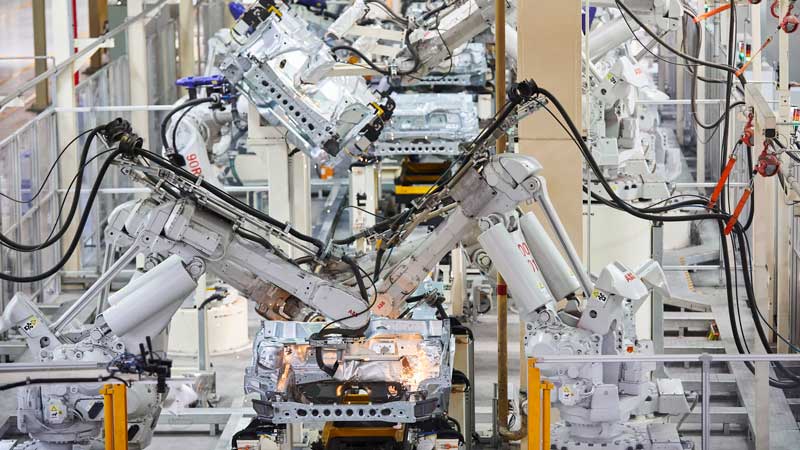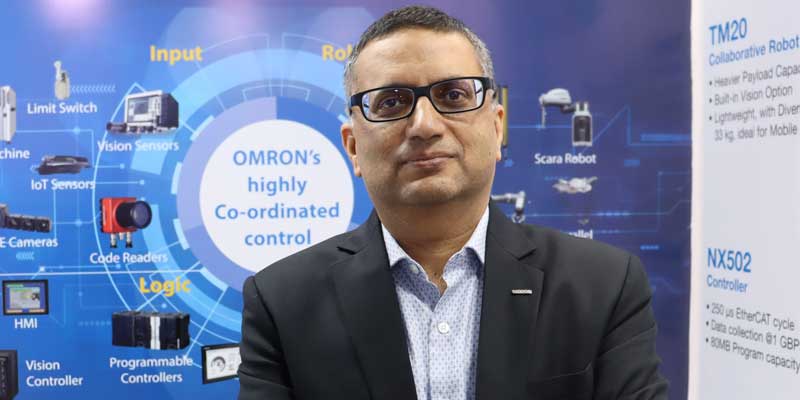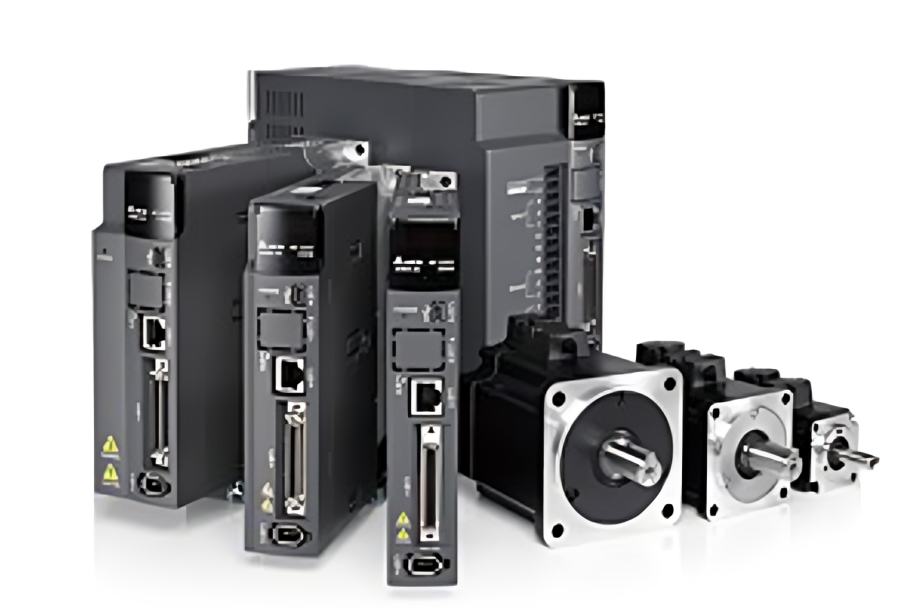Schedule a Call Back
Conveyor belt tracker technology improves performance & service life
 Industry News
Industry News- Nov 03,16
Neponset, IL (USA), November 2016 – A global leader in bulk handling technology has introduced a more effective return belt tracking system that uses high-quality materials for easier maintenance and a longer unit life. Building upon the standard crowned roller, the Martin® Roller Tracker™ from Martin Engineering uses a unique ribbed lagging made of durable polyurethane to increase performance and wear life. The roller does not come in contact with the belt edge, which means no fraying and excellent tracking for single-direction or reversing belts. The result is more centred cargo loading, less spillage and increased safety from the hazards of belt wander, leading to higher productivity and a lower cost of operation.
“Crowned tracking rollers have been around for a while, but we saw design issues that prevented them from reaching their full potential,†said Rudolf Beer, Engineering and Development Manager at Martin Engineering. “After creating a working prototype of the new design and testing it at our Centre for Innovation, we discovered that we had truly improved upon the technology and engineered the best tracker of its kind on the market.â€Â
Used for lower tension belts from 500-1500 mm (20-60 in.) in width, running at a speed of up to 5 m/s (984 fpm), crowned roller trackers have a slightly larger diameter at the center than at the edges. Realignment is based on the basic principle of the belt contacting the raised portion of the raised portion of the roller first (the crown) first.
When the belt wanders off-centre, the assembly tilts to the opposing side and steers it back toward the normal position. By retaining a consistent path on the return side, the belt passes over the tail pulley and enters the loading zone centred, delivering equal cargo distribution and reducing spillage.
Previous designs had lagging made out of a single smooth piece of rubber or soft gripping material, to retain a hold on the belt and train it back into position. Being in constant contact across the entire surface of the belt caused the material to wear quickly, requiring frequent and expensive replacement. The Martin Roller Tracker improves upon this technology with ribbed lagging made from thick, rugged polyurethane. Covering the entire belt width using less surface contact, the ribbed design reduces lagging wear and improves resistance to better train the belt back to centre. This design is also very cost-effective to manufacture, contributing to a reduced purchase price.
With fewer working components than its counterparts and no contact with the belt edge, the Martin Roller Tracker also has a smaller diameter of 190 mm (7.5 in) – similar in size to other rollers – allowing it to react quickly to fluctuations in the belt path. Built on a central pivot attached to a stiff, vibration-free mandrel, the unit is lifted 5 mm (.2 in) under the belt to retain a tight grip on the surface. As the belt drifts, the roller constantly tilts and turns, reacting to the direction of the belt’s drift.
Engineered with heavy-duty, permanently-lubricated sealed bearings, the Roller Tracker’s internal mechanism features an additional hydraulic seal to prevent dust and spillage from contaminating the inner works. The washer seal and nylon casing protect internal components from dust buildup and abrasion that cause some roller designs to seize and create a potential fire hazard. The result is longer unit life, increased performance and improved workplace safety.
Requiring a stringer width of 675 mm to 1842 mm (26.5 to 72.5 inches), the mandrel is held firmly in place by a U-bolt that is easily adjusted up and down using the vertical holes on the bracket. After installation, replacement and maintenance is a one-person job using only a socket wrench. Cleaning is as easy as hosing it down and does not require removal.
A standout trait is the easy installation and maintenance of the unit, secured by two specially designed low-footprint brackets taking up only 50 mm (2 in) on either side of the mainframe. The pitch of the bolts holes is such that they would fit any return idler bracket spacing, which eliminates the need to drill additional holes in the stringer.
“Swapping out a return roller for one of these units near the tail pulley can go a long way to improving system performance,†concluded Beer. “Not only that, the easy maintenance, longer life and safety of the unit make for a low cost of operation.
Related Stories

Quest to increase efficiency in manufacturing driving robots demand in India
With 59 per cent increase in robot installation in 2023, India has emerged as one of the strongest growing markets. Many believes robots will be central to achieving India’s ambition of becoming a..
Read more
AI and ML are opening new vistas in robotics: Sameer Gandhi
In this interview with Rakesh Rao, Sameer Gandhi, MD, OMRON Automation, India, analyses India’s robot market and provides tips to companies to prepare their employees for automated working environ..
Read more
Robotics aligns very well with Industry 4.0 initiatives: Vishal Dahiya
In this interview with Rakesh Rao, Vishal Dahiya, Associate Director, Factory Automation System, Panasonic Smart Factory Solutions India, highlights on the growing demand for smart factories as Indi..
Read moreRelated Products

Ac Servo Motors and Drives - Asda-a3 Series
Delta Electronics India Private Limited offers AC servo motors and drives - ASDA-A3 Series.
Read more
High Speeed Tripping Relay Two Element
JVS Electronics Pvt Ltd offers a wide range of high speed tripping relay two element JRV171x2.
Read more
Industrial Engineering Adhesives and Sealants
Parson Adhesives India Private Limited offers a wide range of industrial engineering adhesives & sealants.
Read more








